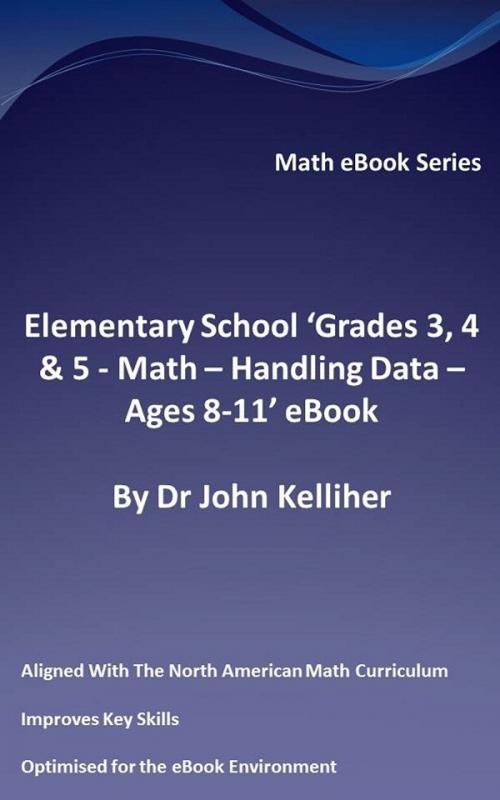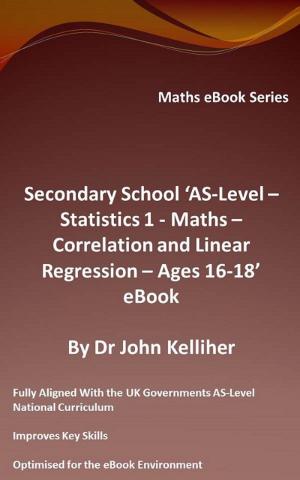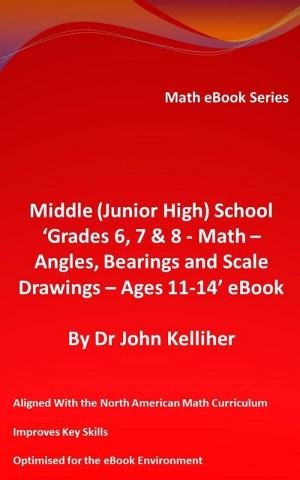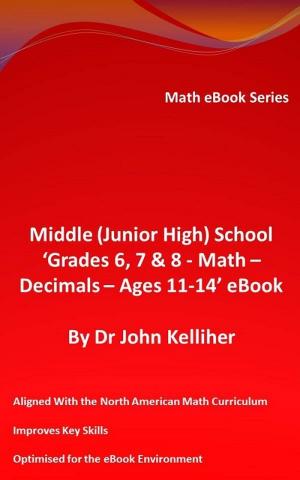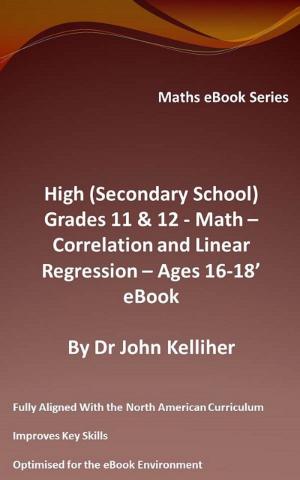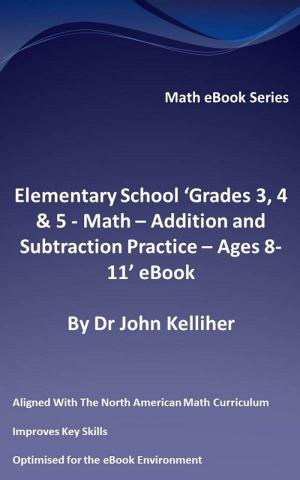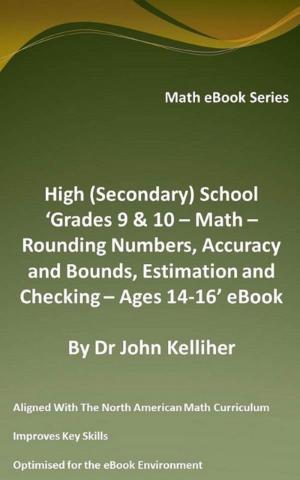Elementary School ‘Grades 3, 4 & 5: Math – Handling Data - Ages 8-11’ eBook
Nonfiction, Science & Nature, Mathematics, Study & Teaching| Author: | Dr John Kelliher | ISBN: | 9781476015231 |
| Publisher: | Dr John Kelliher | Publication: | June 18, 2012 |
| Imprint: | Smashwords Edition | Language: | English |
| Author: | Dr John Kelliher |
| ISBN: | 9781476015231 |
| Publisher: | Dr John Kelliher |
| Publication: | June 18, 2012 |
| Imprint: | Smashwords Edition |
| Language: | English |
This eBook introduces the subject of handling data, considers both information and data, probability and chance as well as the various styles of tables, pictograms, graphs, charts along with the concept of average.
This eBook is part of our range of Grades 3, 4 & 5 math eBooks that are fully aligned with the North American math curriculum.
Our Grades 3, 4 & 5 math eBooks comprise three principle sections. These are, notably:
•Number and Algebra
•Shape, Space and Measure
•Handling Data
In addition, there exists for Grades 3, 4 & 5 a Publications Guide eBook, a Mental Math eBook and a Times Table Practice eBook. We also produce a combined Grades 1 & 2 and Grades 3, 4 & 5 Times Table Practice eBook.
Our math eBooks are produced such as that as well as a Publications Guide, and three principle publications corresponding to the principle sections (Number and Algebra, Shape, Space and Measures as well as Handling Data) there are individual modules produced within each principle section which are published as eBooks.
After studying Elementary School 'Grades 3, 4 & 5 - Math – Handling Data - Ages 7-11' eBook your child should be confidently able to:
-process, represent and interpret data.
-solve problems involving data.
-interpret tables, lists and charts as used in everyday life; to be able to construct and interpret tables, frequency tables and grouped discrete data.
-represent and interpret discrete data using graphs and diagrams, including pictograms, bar charts and line graphs, then interpret a wider range of graphs and diagrams, using ICT where appropriate.
-know that mode is a measure of average and that range is a measure of spread, and to use both ideas to describe data sets.
-recognise the difference between discrete and continuous data as well as to be able to draw conclusions from statistics and graphs.
-recognise when information is presented in a misleading way; explore doubt and certainty and develop an understanding of probability through classroom situations.
-discuss events using a vocabulary that includes the words 'equally likely', 'fair', 'unfair', 'certain'.
This eBook introduces the subject of handling data, considers both information and data, probability and chance as well as the various styles of tables, pictograms, graphs, charts along with the concept of average.
This eBook is part of our range of Grades 3, 4 & 5 math eBooks that are fully aligned with the North American math curriculum.
Our Grades 3, 4 & 5 math eBooks comprise three principle sections. These are, notably:
•Number and Algebra
•Shape, Space and Measure
•Handling Data
In addition, there exists for Grades 3, 4 & 5 a Publications Guide eBook, a Mental Math eBook and a Times Table Practice eBook. We also produce a combined Grades 1 & 2 and Grades 3, 4 & 5 Times Table Practice eBook.
Our math eBooks are produced such as that as well as a Publications Guide, and three principle publications corresponding to the principle sections (Number and Algebra, Shape, Space and Measures as well as Handling Data) there are individual modules produced within each principle section which are published as eBooks.
After studying Elementary School 'Grades 3, 4 & 5 - Math – Handling Data - Ages 7-11' eBook your child should be confidently able to:
-process, represent and interpret data.
-solve problems involving data.
-interpret tables, lists and charts as used in everyday life; to be able to construct and interpret tables, frequency tables and grouped discrete data.
-represent and interpret discrete data using graphs and diagrams, including pictograms, bar charts and line graphs, then interpret a wider range of graphs and diagrams, using ICT where appropriate.
-know that mode is a measure of average and that range is a measure of spread, and to use both ideas to describe data sets.
-recognise the difference between discrete and continuous data as well as to be able to draw conclusions from statistics and graphs.
-recognise when information is presented in a misleading way; explore doubt and certainty and develop an understanding of probability through classroom situations.
-discuss events using a vocabulary that includes the words 'equally likely', 'fair', 'unfair', 'certain'.
